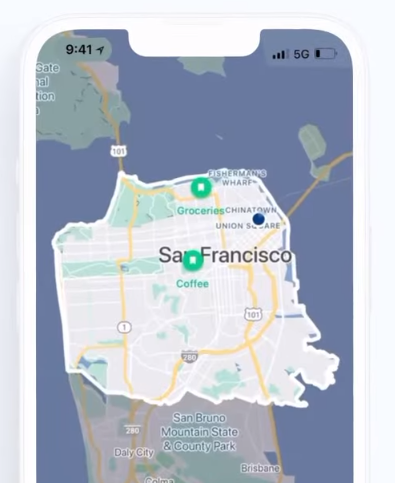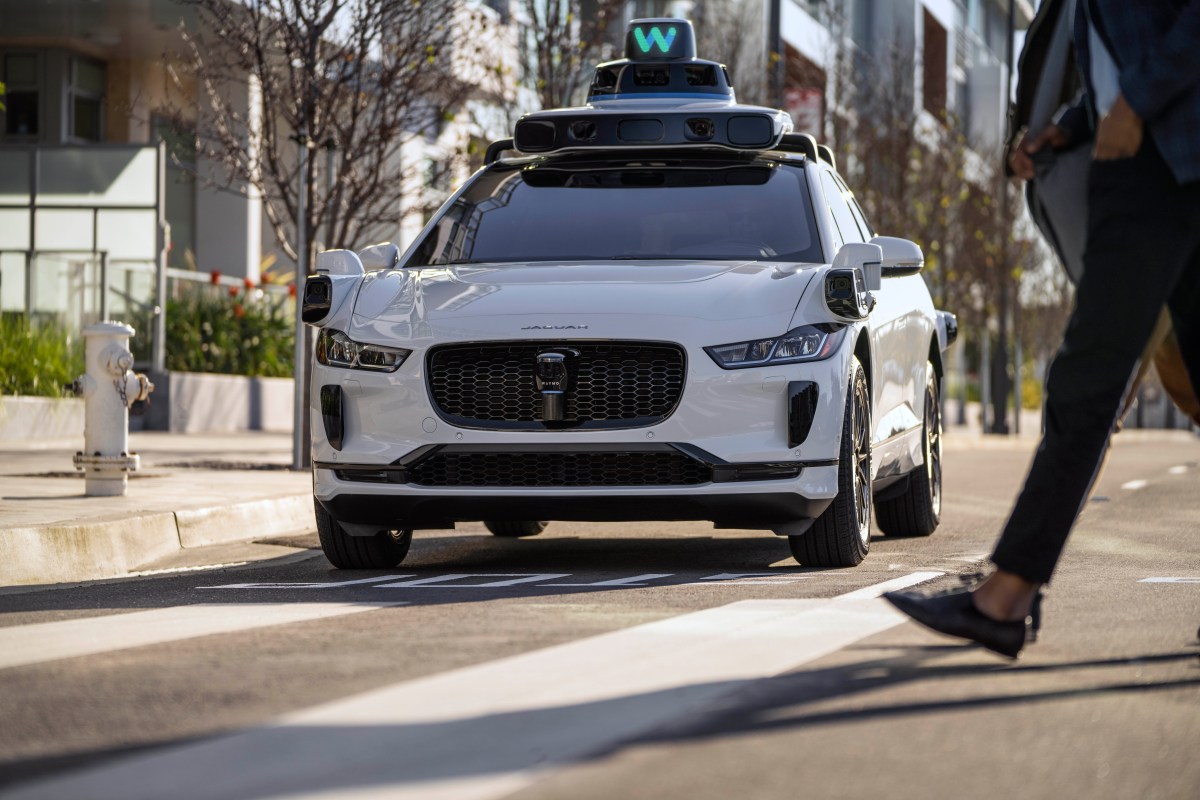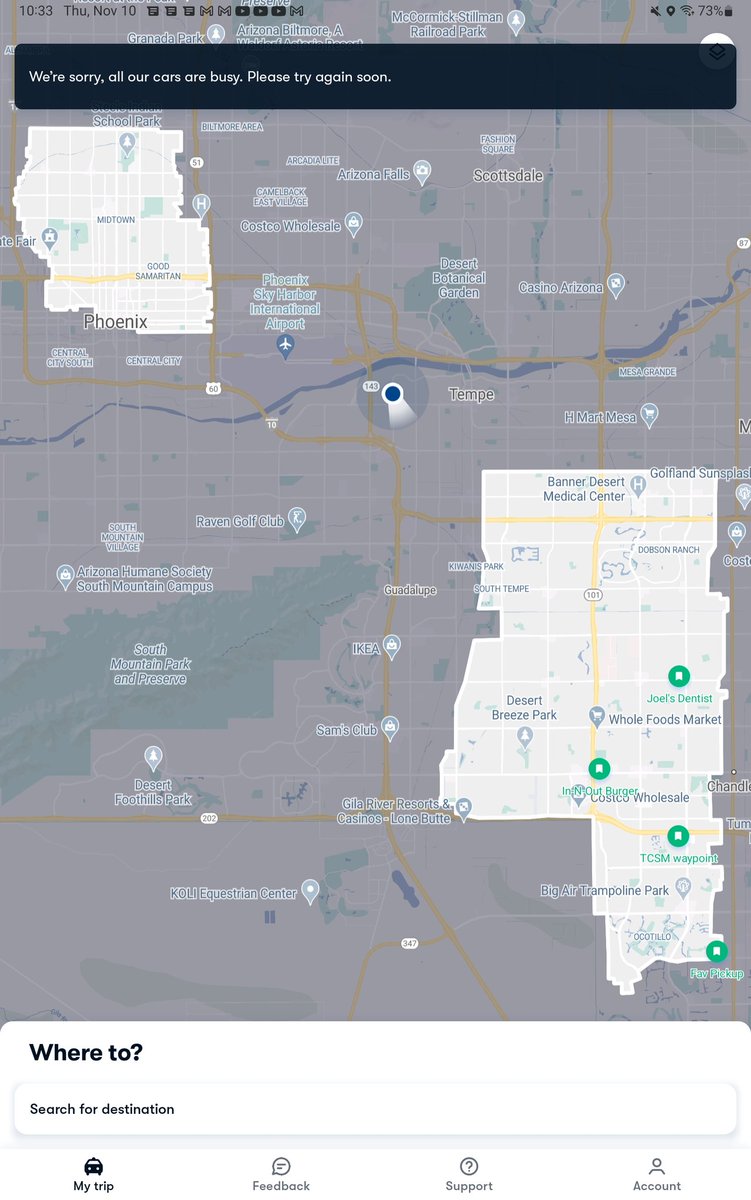The California Department of Motor Vehicles approved an amendment to Waymo’s existing deployment permit Wednesday to include driverless, as well as drivered, operations. Now, Waymo will be able to charge for usage of its autonomous vehicles, which will operate without anyone in the driver’s seat, for services like food and grocery delivery.
The upgraded DMV permit is a prerequisite to launching a fully autonomous commercial ride-hail service in San Francisco, as its main competitor
Cruise did this summer. All Waymo needs now is a driverless deployment permit from the California Public Utilities Commission (CPUC) to finally start charging for rider-only autonomous rides in the city. The company will be eligible to apply for that permit once it has operated its driverless cars on public roads for at least 30 days.






